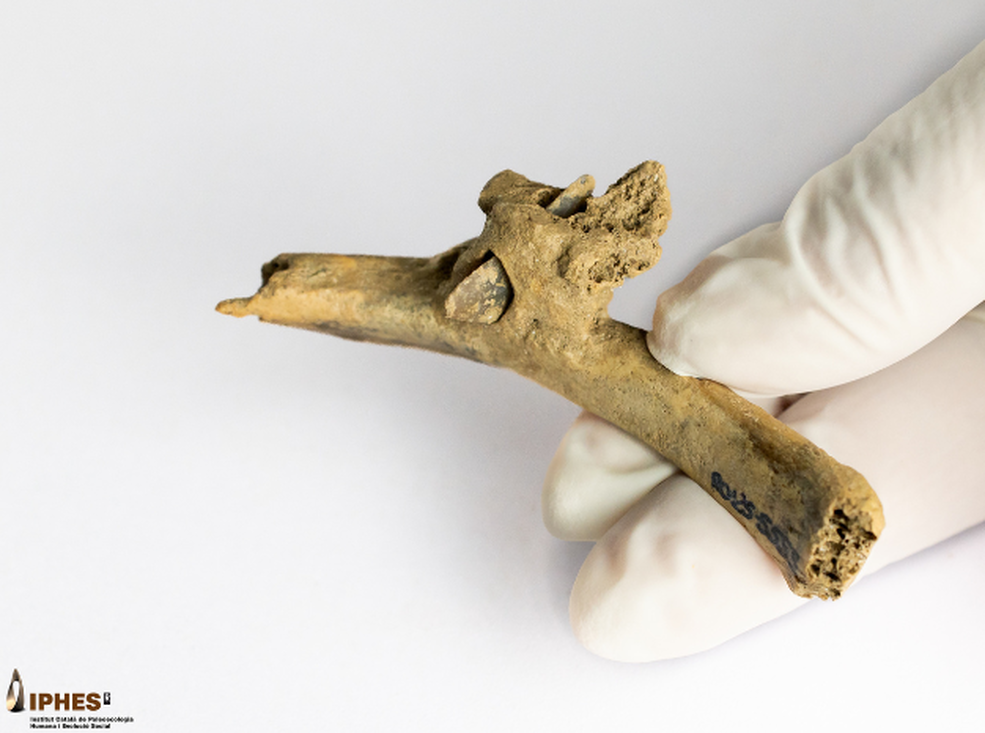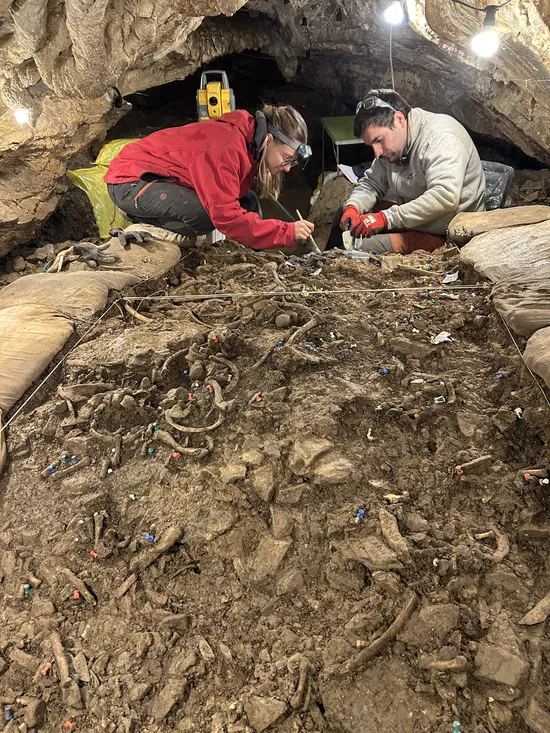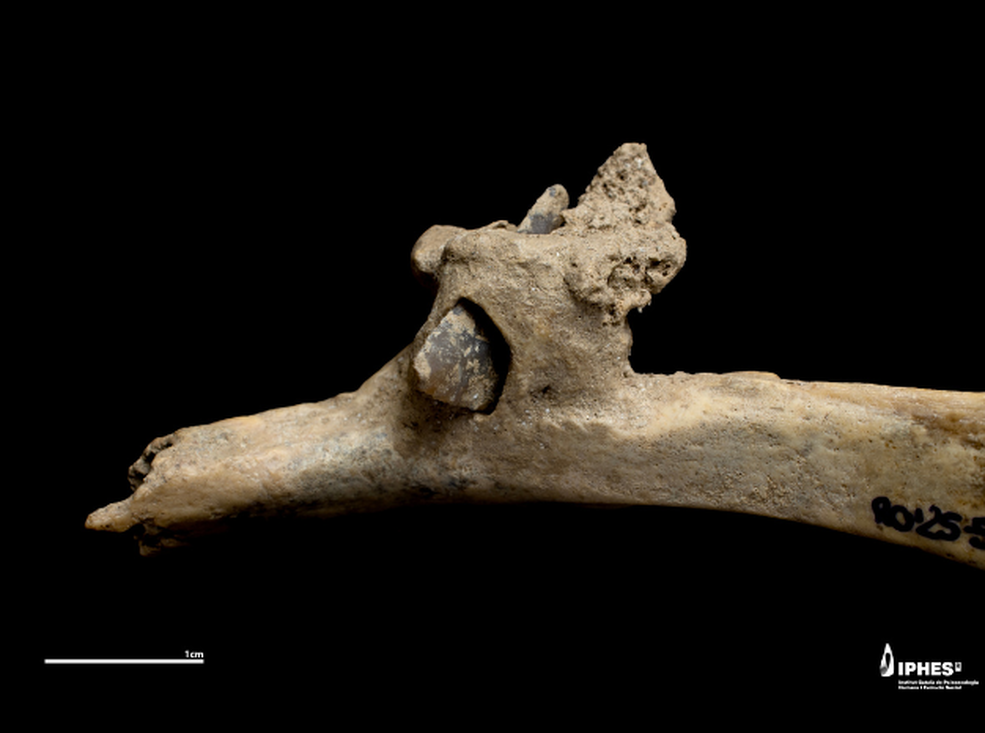Arrowhead embedded in a human rib reveals prehistoric violence in the Pyrenees over 4,000 years ago
An exceptional case of interpersonal violence has been identified in a prehistoric burial site at 1,800 metres above sea level in the Catalan Pyrenees. A flint arrowhead was found embedded in a human rib, showing clear signs of survival after the impact
A flint arrowhead embedded in a human rib, found at the Roc de les Orenetes site (Queralbs, Girona, northeastern Spain), offers rare direct evidence of interpersonal violence in the Pyrenees more than 4,000 years ago. The arrow was shot from behind and remained lodged in the bone, which shows signs of healing — indicating the person survived for some time after the injury.
The discovery was made during recent excavations at this high-altitude collective burial site, led since 2019 by Dr. Carlos Tornero of Universitat Autònoma de Barcelona (UAB) and Institut Català de Paleoecologia Humana i Evolució Social (IPHES-CERCA). The osteological study is led by Dr. Miguel Ángel Moreno (University of Edinburgh).
The projectile will now undergo detailed analysis using X-ray microtomography at the National Research Centre on Human Evolution (CENIEH) in Burgos, followed by chemical and genomic studies in Barcelona and the United States.
The Roc de les Orenetes cave is one of the few high-mountain funerary sites in Europe with such a large and well-preserved human assemblage, offering unique insight into the lives, deaths, and social dynamics (including episodes of violence) of Bronze Age mountain communities.



